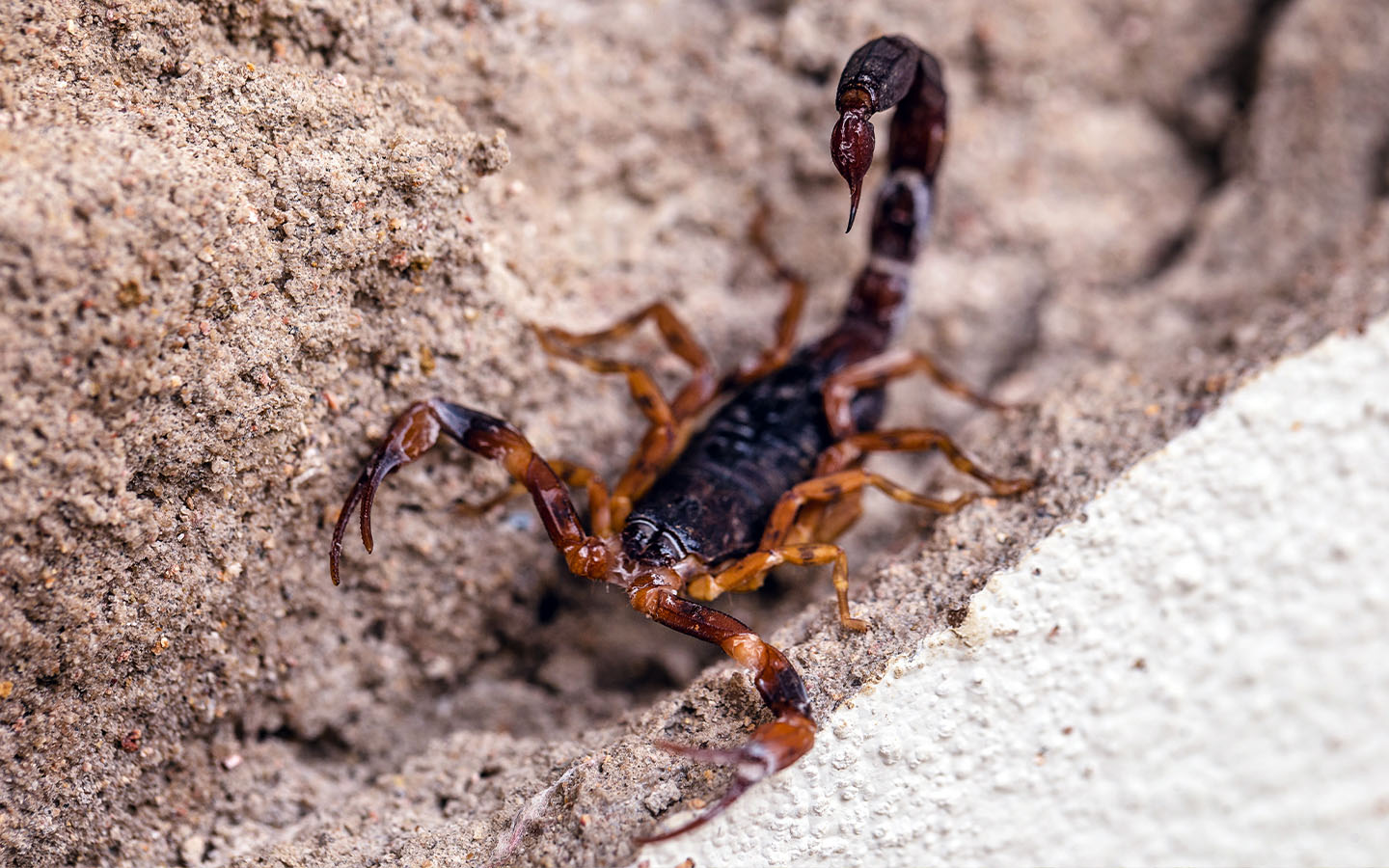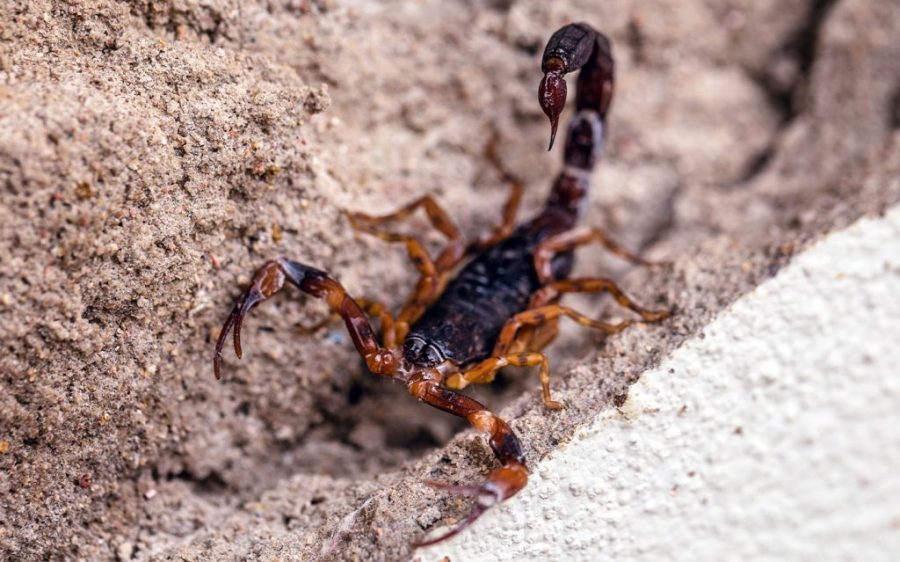Brazil’s rapid urban growth is encroaching on the wild habitats of scorpions – and giving them a new place to thrive, something the humans living alongside them are less than thrilled about.
According to new research cited in the Guardian, reports of scorpion stings topped 1.1 million for the period between 2014 and 2023 – an increase of 155 percent that highlights just how much human-wildlife conflict is occurring with the venomous species as Brazilian cities expand.
The high-density housing and poor waste disposal that characterise rapid, unplanned urbanisation – like the low-income favelas – have proven particularly favourable to scorpions as they create new habitats for the predatory arachnid to thrive. “Urbanisation in Brazil has profoundly reshaped ecosystems,” lead researcher Manuela Berto Pucca, an assistant professor at São Paulo State University, told the UK newspaper. “Cities unintentionally offer everything scorpions need: plenty of shelter (in walls, drains, rubble and construction debris), consistent warmth, and a reliable food supply in the form of cockroaches and other urban invertebrates.”
Expanding urban areas can also mean moving into areas previously occupied by scorpions, rather than them invading a city. Climate change also plays a major role, driving up summer temperatures and fuelling periods of intense rainfall and drought, conditions to which scorpions are well suited.
Stings are on the rise according to provisional data for 2024, which suggests the venomous arachnids were responsible for nearly 200,000 stings and 133 deaths in Brazil last year. Researchers project 2 million new cases between 2025 and 2033, cautioning that “the real scale of this issue is likely far greater than the recorded statistics suggest,” as these figures cannot account for those who treat themselves at home or forgo treatment.
[See more: Mozambican national park rolls out real-time monitoring of elephants]
“I’ve been working in places where scorpion stings are a daily fear, especially in poor and crowded areas,” Pucca told the Guardian. “The numbers showed us that in the future the problem will be bigger than it is now.”
Only 0.1 percent of reported stings result in death, according to the researchers, with children and the elderly being the most vulnerable. Healthy individuals generally recover fully from a scorpion sting, although they can still experience several days of pain and discomfort. Symptoms of a scorpion sting include pain, burning, swelling, redness, tingling and nausea.
Brazilians are not the only ones feeling the sting, with researchers identifying a “particularly alarming rise in scorpionism [the medical condition resulting from a sting]” in Paraguay, Bolivia, Mexico, Guyana and Venezuela as well in recent decades. The best defence against a painful encounter? Create the opposite of a scorpion-friendly environment. “Keep areas clean, seal cracks in walls, use screens on drains and always check shoes, towels and clothes before using them,” Pucca advised.
More can also be done to ensure access to anti-venom, particularly for those most at risk of death, like children. Brazil provides free treatment for scorpion stings through its health system, although anti-venom is not available at all hospitals and emergency centres.
The behaviour of scorpions can also be better understood. These creatures provide critical pest control and help maintain healthy ecosystems. They also act defensively, meaning changes on our part – from keeping our own spaces clean and safe to more robust city planning to preserve more natural habitat – can greatly reduce interactions and therefore risk of stings.






